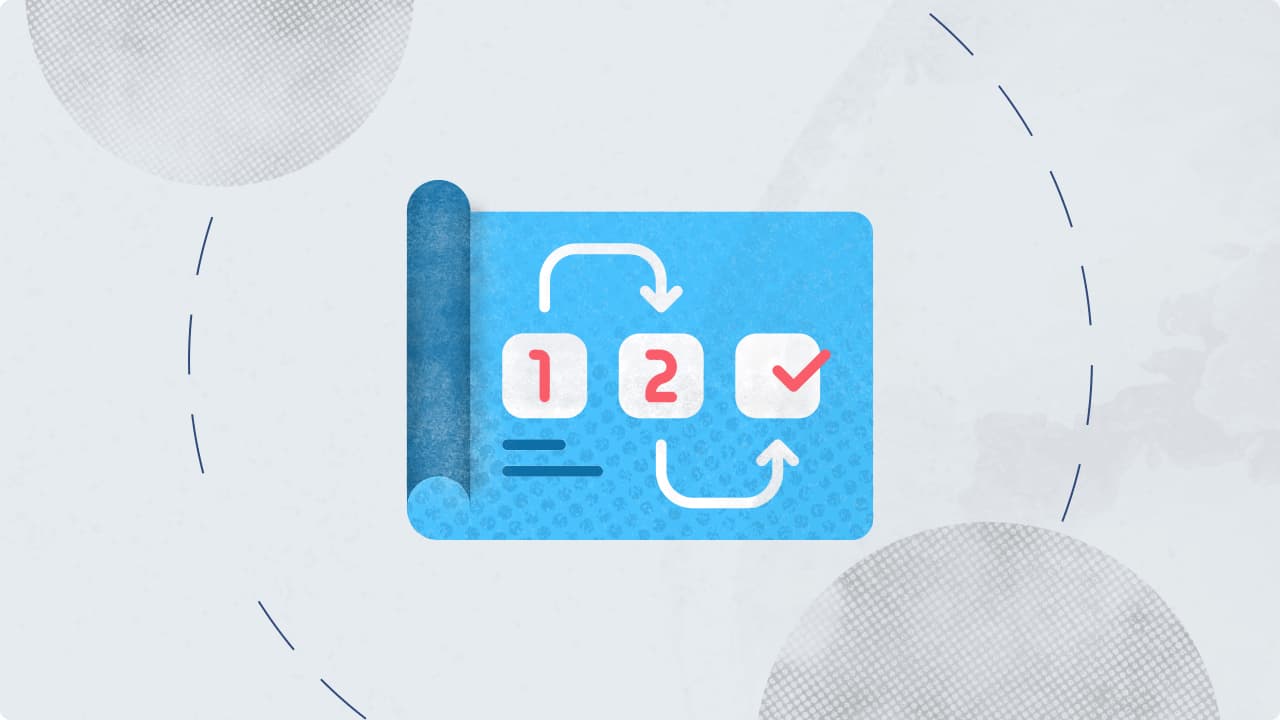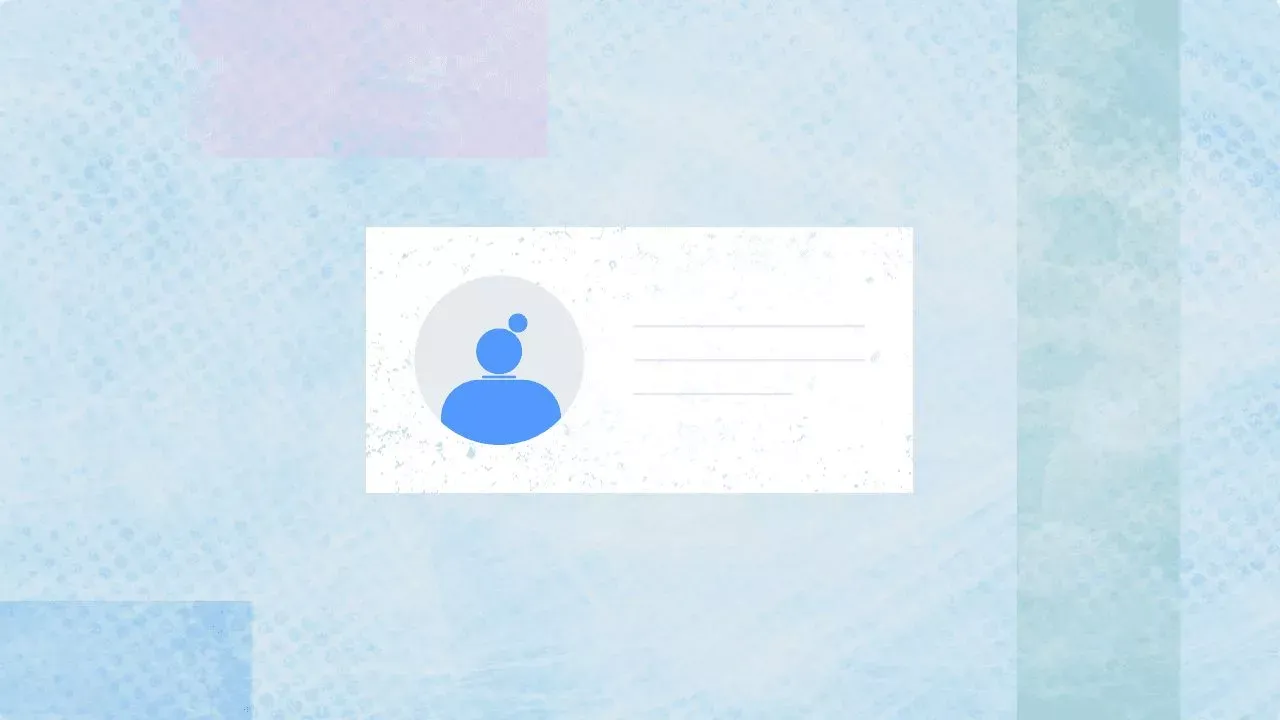In a social media crisis, you can prepare and manage the situation as it unfolds, but the real learning comes from past incidents.
The previous year has brought several notable crises, and reflecting on these will prevent repeat mistakes. Social media crises, from offensive ads to poorly chosen slogans, rise, highlight a brand's major errors, and offer a chance to take responsibility.
Learning from your own or others' mistakes is the best way to improve. That's why we have prepared this guide with the top social media crisis examples and what you can learn from each of them. Let's roll!
2 Social Media Crisis Examples
1. Clicks
It seems obvious: treat everyone with respect and value their differences. Yet, some brands still struggle with this idea. Take Clicks, a South African pharmacy chain. They launched an ad celebrating different hair types, but it backfired badly.
The ad used harmful stereotypes, portraying black women with "dry and damaged" hair while white women had "fine and flat" or "normal" hair. This sparked outrage on Twitter, with people criticizing the ad for its racist and insensitive message.
@Clicks_SA My hair is NOT dull, frizzy and damaged!!!, My hair is BEAUTIFUL 👸🏽❤ #clicksmustfall pic.twitter.com/9IqCI3mA0b
— Sebenzile (@Sebenzi47745801) September 5, 2020
Clicks quickly apologized, but the damage was done. Their ad campaign, meant to be positive, ended up alienating and hurting a large part of their customer base.
So, what's the takeaway?
For brands to truly embrace change and diversity, they need to practice inclusivity within their own teams. This means building diverse teams with equal opportunities for everyone, not just those in higher positions. If Clicks had had more diverse voices in their marketing department, the ad never would have seen the light of day.
Experts suggest three steps Clicks can take to fix this:
- Live by inclusivity: They need to make equality and dignity core values, both in their company culture and across all their stores.
- Identify bias: They need to find and address areas within their marketing and advertising that lack diversity and perpetuate harmful stereotypes.
- Support the community: They should actively support initiatives that empower young black South African girls and build their self-esteem and sense of identity.
Clicks isn't the only brand that's stumbled here. This is a reminder for all companies: true inclusivity starts from within. By building diverse teams and a culture of respect and understanding, brands can avoid these harmful missteps and create marketing that celebrates everyone, not just a select few.
2. Nando’s
Remember that spicy chicken chain, Nando's? Well, back in February of 2020, they took a playful dig at their competitor, KFC, using a little twist on their famous slogan, "Finger Lickin' Good." They basically poked fun at KFC's hygiene during the pandemic, when everyone was elbow-bumping and avoiding face-touching like the plague.
Here's the point: Nobody wants their brand to be the punchline of someone else's joke. It's not a good feeling to see people laughing at you because of your competitor's clever quip.
So, if your competitor throws shade, don't sulk in the corner like a bad sport. Throw a funnier joke back! Humor is a great way to connect with your audience and show them you can take a hit. If they see you laughing it off, they will probably start feeling good about your brand, too.
The power is in our hands, wash them. 🙌 pic.twitter.com/ct0rYjVFwE
— NandosSA (@NandosSA) March 18, 2020
Now, how do you turn a competitor's trash talk into gold?
- Humor Up: Hit them back with an even funnier ad, slogan, or campaign. Think catchy jingles, witty tweets, or a whole new ad campaign that shows you are the funnier and cooler brand.
- Play It Straight: Maybe humor isn't your style. That's okay! Use the situation to improve your own advertising and campaigns. Show how you are taking extra steps to be safe and hygienic or launch a campaign about the importance of staying healthy.
And, to avoid getting blindsided by future jabs, invest in a social media monitoring tool like Statusbrew. It scans the web for mentions of your brand, good or bad, so you can jump in and handle any situation before it blows up.
As Petrumarié Jacobs, a social media expert, says, "This isn't about hiding from criticism, it's about being prepared. When you know about a problem early, you can fix it quickly and show your customers you care."
So, when the competitor throws shade, don't just duck. Throw some sunshine back, and everyone will be dancing in your brand's spotlight.
Steps To Mitigate Social Media Crisis
Detection Of A Social Media Crisis
Grab your magnifying glass and listen closely! Use social listening tools to track any chatter about your brand. This way, you can catch any grumbling or negativity before it turns into a full-blown storm. Pay attention to sudden changes in sentiment, spikes in mentions, and other key metrics using a social media analytics tool like Statusbrew.

Identification Of A Social Media Crisis
Not every mistake is a crisis. Not every misspelled name on a Starbucks cup is a social media disaster. The key is to recognize a real crisis when you see one. Here's how:
- Red flags: Look for a clear shift in the tone of conversations. Think angry accusations instead of playful jokes. If the criticism feels sudden and different, it might be the first spark of a crisis.
- Size matters: One angry tweet about a lost package isn't a crisis. But hundreds of furious customers complaining about lost shipments? That's a red alert. Pay attention to the scale and intensity of the negativity.
Zara used props of wrapped dead bodies in their campaign. Disturbing. Monstrous. Sickening. Imagine a team of people thought this would be a good way of selling clothes. Capitalism has no limits. #boycottzara pic.twitter.com/OzoAfVtzWY
— Sahar Glumcore (@theprimalplot) December 24, 2023
- Ripple effect: When your situation starts spilling over to other companies or issues, it is a sign of a bigger crisis. For example, your brand might not be directly involved in a major event like the Ukraine invasion, but your response needs to be mindful of the social climate. Being out of touch or insensitive will land you in hot water.
Take Control & Respond To A Social Media Crisis
A social media crisis hits like a rogue wave. But instead of panicking, take a deep breath and grab the life vest: control and communication.
- Hit the Pause Button: Don't keep posting like nothing's happening. Stop all scheduled content and outbound messages. Pouring gasoline on a fire – that's what posting normally does during a crisis. Put a halt on the fuel and let the flames cool down.
- Face the Facts: Don't pretend the problem doesn't exist. Sticking your head in the sand won't make it disappear. Acknowledge the issue head-on. "Hey, we screwed up" is a million times better than pretending nothing's wrong.
- Speak Up, Don't Delay: Time is precious when dealing with a crisis. The quicker you say something, the better. Even if you haven't figured out everything internally, say you are aware and working on it. Remember the Balenciaga's "Gift Shop" scandal? Taking over a week to respond was a major misstep. Don't let your audience's anger simmer – address it immediately.
- Go Where the Trouble Started: Respond directly on the platform where the crisis erupted. That's where the heat is, so address it there first. Then, you can take your message to other platforms to spread the word. Use a community management tool to handle the influx of comments and questions around the clock.
A calm and prompt response is your best weapon against a social media storm. So take control and communicate openly to weather the waves and emerge stronger on the other side.
Protect Your Logins From Social Media Security Breaches
When a social media crisis hits, the worst thing you want is a sneaky security breach adding fuel to the fire. So, it's time to protect your login information.
- Guard Your Passwords: Ditch the "12345" passwords and weak phrases. Strong passwords are your first line of defense. Think long, complicated combinations with letters, numbers, and symbols – the more random, the better! And remember, sharing is NOT caring when it comes to passwords. Only give them out when absolutely necessary; the fewer people know, the fewer chances for breaches.
- Lock the Gates: Use any access restrictions like two-factor authentication offered by social media platforms. Add an extra padlock to your door and make it much harder for someone to sneak in.
Breach Alert! What to Do.
- Identify the Attack: Figure out what kind of breach you are facing. Did someone steal passwords? Is your content hijacked? Knowing the enemy helps you fight back.
- Sound the Alarm: Don't keep it quiet! Inform the right people in your team immediately. The quicker you raise the flag, the faster you can stop the damage.
- Spread the Word: Inform anyone who might be affected, both inside and outside your company. Transparency is key, so keep everyone in the loop.
- Gather Evidence: Document everything happening during the breach. This will be crucial if you need to take legal action or fix any technical issues.
Listen To Social Media
Constantly watching your brand online helps catch issues early. Social listening tools allow us to track mentions, feelings, and discussions about our brand.
Understanding normal audience behavior helps spot problems quickly. Twitter (now X), often the first place where news breaks, is crucial for insights. With the right tools, you can automatically track what people are saying about you, giving you a quick alert to potential issues. It's better to know first than be caught off guard.

Turn Mistakes Into Lessons
Use data and planning to figure out every aspect of a crisis and improve your social media crisis plan. Keep records of all interactions and pinpoint when and where the issue began. Review how your team communicated internally and if your response plan worked. Analyze traffic and response patterns. Statusbrew's social listening reports help to keep your brand proactive and prepared.
Be Prepared, Not Scared
Social media is a dreamland for brands, but it can also turn into a nightmare in a flash. Can you escape a social media crisis completely? Not really, but you can be ready to face it like a champ! Here's your handy checklist to be a crisis management master:
- Spot the Troublemakers: Figure out what might cause trouble for your brand and rank them by how bad they could be, like angry tweets about a product or accusations of bad customer service.
- Lock Down Your Accounts: Make sure your social media passwords are tougher and only trusted people have access. Don't let just anyone tweet under your brand name!
- Listen Up, World: Use tools like Statusbrew to track what people are saying about your brand online. This way, you can catch any brewing storms before they explode.
- Get Everyone on the Same Page: Make sure your whole team knows what to do when a crisis hits. Who writes the apology tweets?
Even the biggest brands have stumbled on social media. So, don't be afraid of trouble; be prepared to handle it with grace and professionalism. This checklist should give you a head start on building your perfect social media crisis management plan.




Explore the Statusbrew range of social media tools
Cancel anytime!